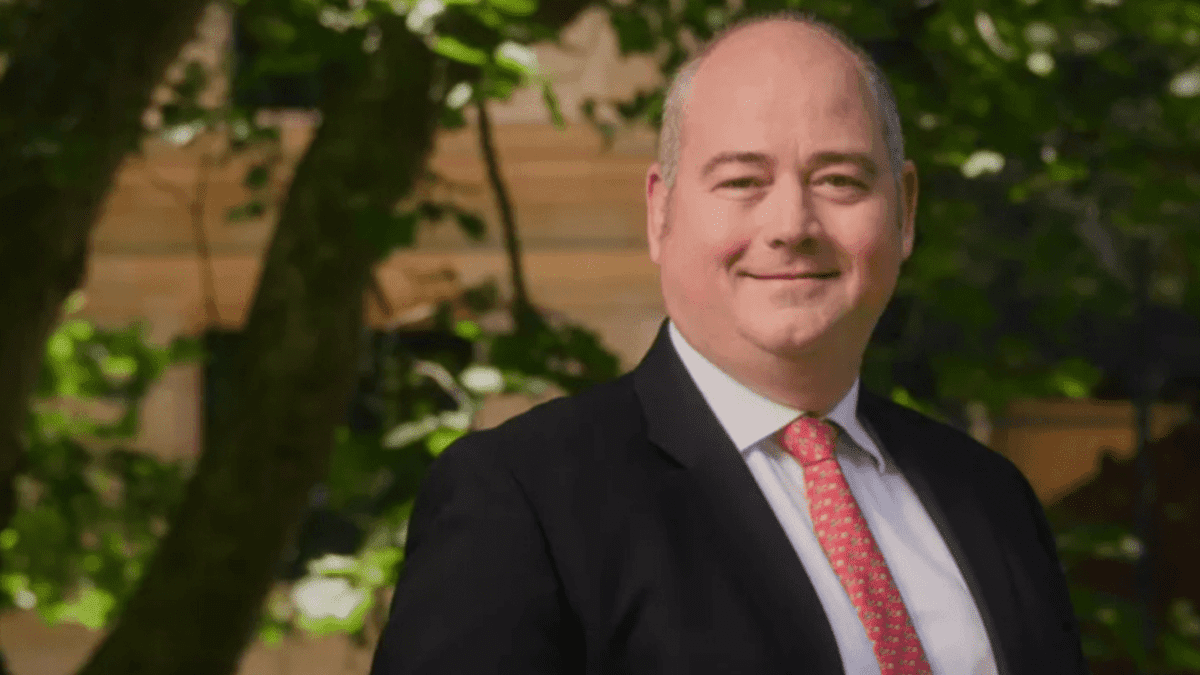Senior secured debt reaps rewards in inflationary environment
Investors would be hard-pressed to find an asset class that hasn’t been negatively impacted by rising inflation and the subsequent hiking of interest rates. Equities across all markets have seen declines, particularly the likes of high-growth companies promising plenty yet delivering little. Property prices have begun to roll over as lenders limit the borrowing capacity of applicants.
Even the usually reliable fixed-income has been hit. Over the past two years, ten-year treasuries have fallen 9.1 per cent while investment grade corporate bonds are down 7.0 per cent.
Speaking to The Inside Investor, Invesco head of investment strategy Ashley O’Connor says the market became “complacent” after years of falling interest rates and extra liquidity by central banks.
“Although there was the expectation that inflation would come through and rate rises would be necessary, it was completely underestimated how quickly it would rise”, O’Connor adds.
One part of the market that is benefitting from inflation and interest rate increases is private debt, particularly senior secured loans which have returned 4.8 per cent over the past two years.
O’Connor notes that most portfolios don’t hold any private debt, largely due to advisers and investors sticking to traditional fixed-income assets. He believes portfolios should have a strategic allocation to the sector. Moreover, given current market pricing, investors should consider an overweight position.
O’Connor says: “There is 5 to 10 per cent capital upside potential in addition to the 7 per cent coupon in senior secured loans, which will benefit from another 150 basis points of [predicted] rate hikes. The all-in yield is north of 10 per cent.”
What is senior secured credit?
A senior secured loan is debt issued to a company that is backed by real assets like property, inventory and invoices. It’s the highest ranking debt in the capital structure, meaning in the event of default it has first claim on a company’s assets.
The companies are below investment grade due to a range of factors. O’Connor cites restructuring, a recent acquisition or a capital structure with more debt than allowed in investment grade markets as reasons.
The loans are floating-rate, meaning interest rate hikes are passed on to end borrowers, providing an effective hedge against inflation. This explains the outperformance against other types of fixed-income which typically have fixed-rate coupons. The low correlation and volatility in returns from other asset classes provide diversification benefits within a portfolio.
A common misconception is that because the loans are traded over the counter and not on an exchange there are liquidity constraints. In fact, 51 per cent of senior secured loans trade at least once per day, whereas just 20 per cent of corporate grade bonds trade on a given day.
Understanding the risks
The primary risk of senior secured credit is if a company defaults on its loan. However, history shows that the probability of this is very low, with credit losses averaging 0.9 per cent over the past thirty years. Investors are also compensated for this with a higher return profile.
“In my view, it’s a low-medium risk asset class because you’re at the absolute top of the capital structure and backed by assets,” O’Connor says.
Drawdowns can occur when markets become volatile like in 2008 and 2020. Yet these periods have been historically short-lived and produced strong returns in the subsequent twelve months. Over 32 years, the asset class has had just one negative returning year. Refinancing is not expected to be an issue with the vast majority of loans not maturing until at least 2025.
Notwithstanding the admirable returns to date, companies will feel the impact of inflation via higher cost of goods and wage costs. Rising interest rates also have a two-fold impact: interest expenses go up, while economic activity slows.
Overall this will likely mean lower future earnings. Positively the sector is coming from a position of fundamental strength with interest coverage exceeding long-term averages and leverage falling for the past five consecutive quarters.
“The key hurdle investors need to overcome is if there is going to be further capital volatility,” O’Connor says. “Our view is that the risk of recession is already priced in at 90-95 cents on the dollar and there is capital upside.”









